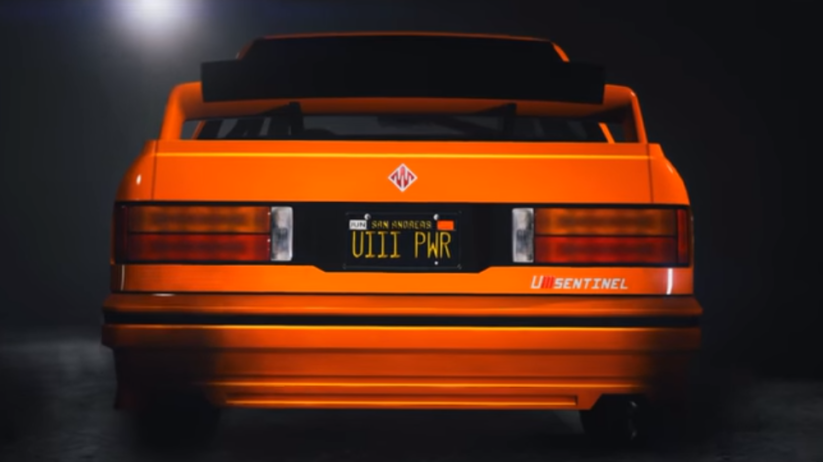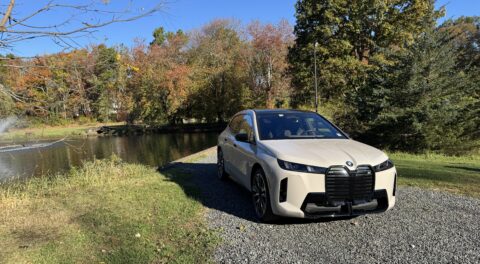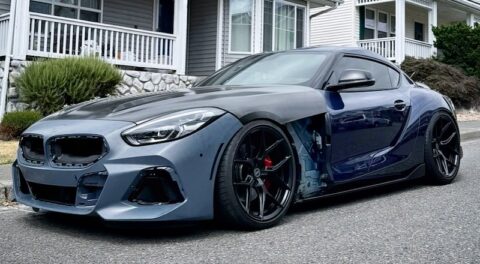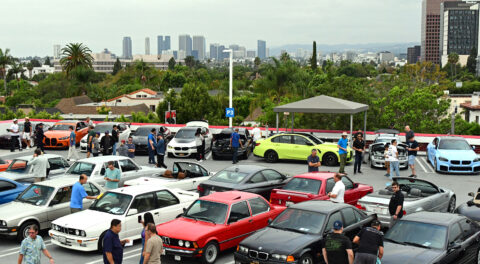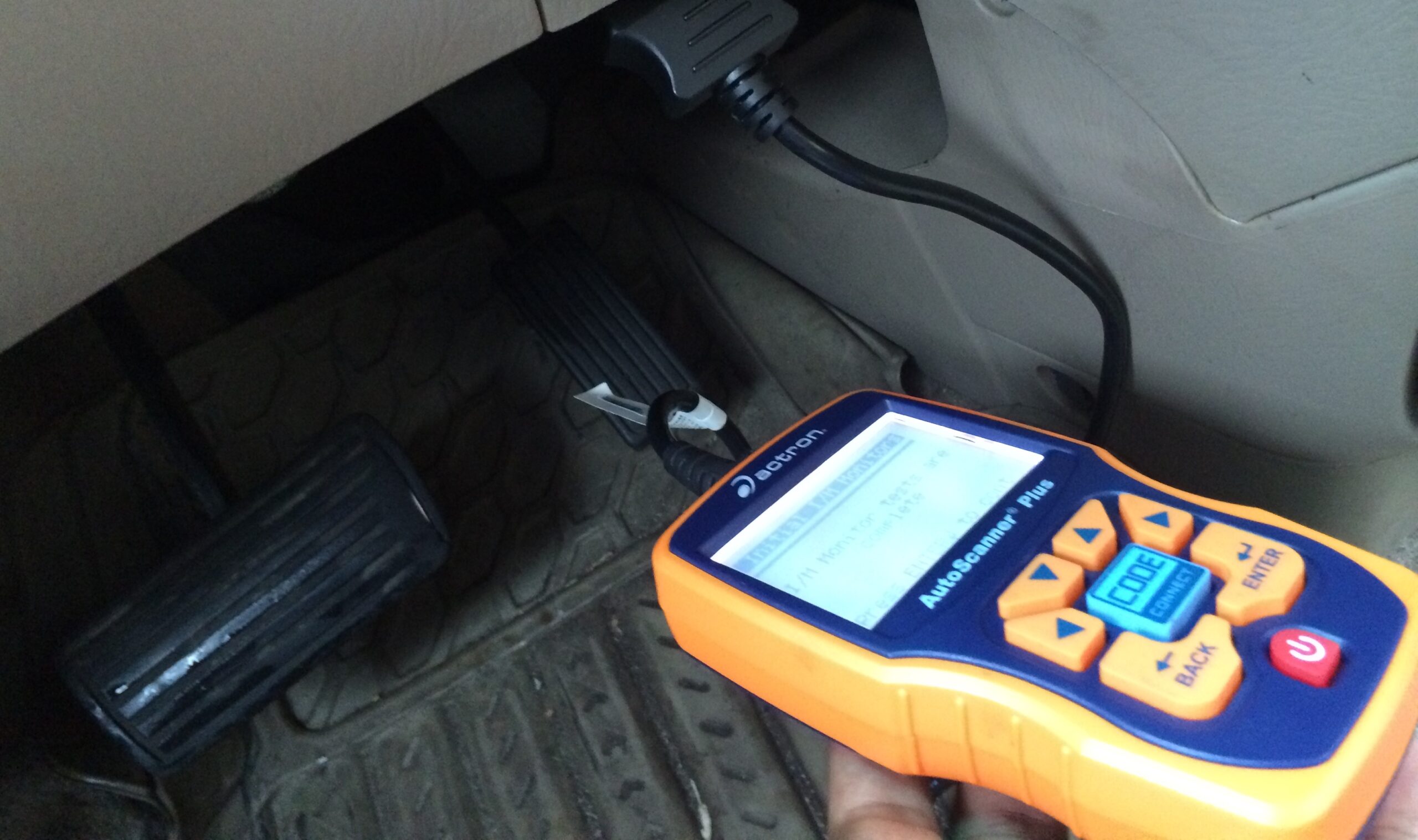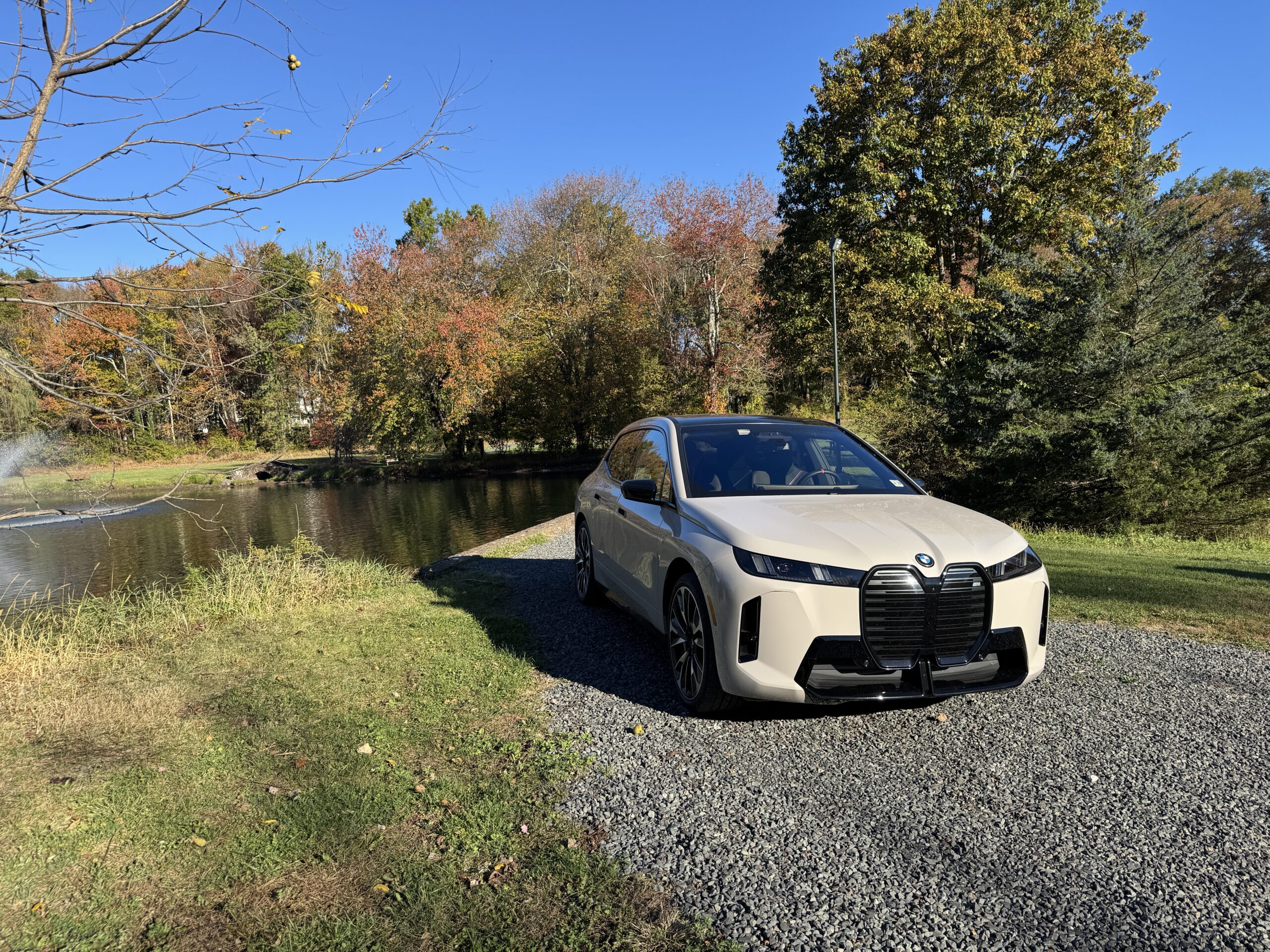Waxing nostalgic and killing time (and digital gangsters) while waiting for spring.
I turned 30 last month. Like many, I’m beginning to feel more than a bit nostalgic for things I enjoyed as a teenager: music (The Strokes, Queens Of The Stone Age), movies (Fight Club, The Boondock Saints), and video games (we’ll get to that soon enough). It reminds me of a far simpler time in my life, when my greatest worries were whether or not I’d studied enough to pass my algebra midterm (I did) and if the girl I had a crush on in algebra noticed me (she didn’t).
Revisiting old music was easy (I’d never really stopped listening to any of the bands I loved); movies, less so. Re-watching The Boondock Saints caused me to cringe in embarrassment hard enough to cause lower back pain. Fight Club held up, but I still believe the book was better. It wasn’t long before I decided to dust off my old Xbox and try out some of my old favorites again.

Since all of my friends are too busy being responsible adults to sleep over, eat pizza, and play Halo, I opted for some single-player action courtesy of Grand Theft Auto III and its follow-up, Grand Theft Auto: Vice City.
Once I started playing, I noticed things I’d never really paid attention to before. For example, there are a slew of BMWs hiding in plain sight.
When it was released in late 2001, Grand Theft Auto III was a huge departure from previous games in the series. Using a third-person perspective instead of the top-down perspective of the previous games made Grand Theft Auto III far more immersive; it was the beginning of what fans refer to as GTA’s 3D era.
3D Era: 2001—2006
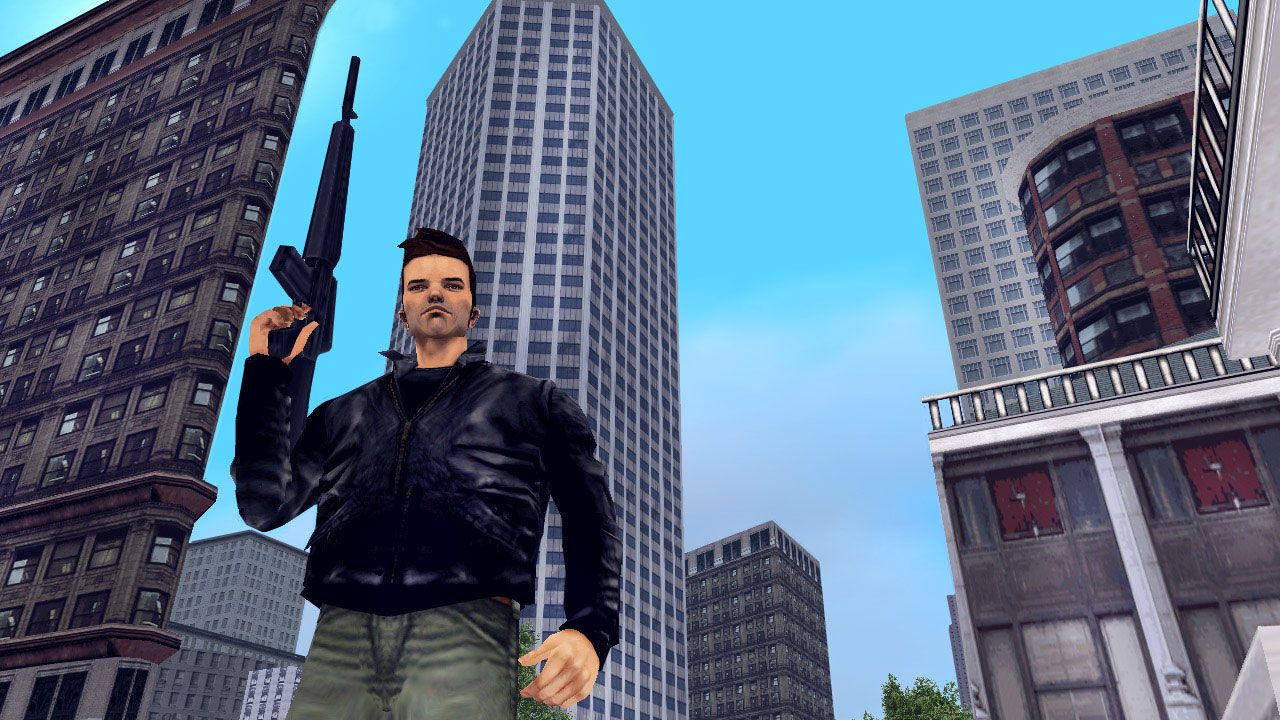
At the time, the graphics were breathtaking, and the scope of the game was almost unimaginably huge. True to the game’s name, the main focus was stealing cars, and Grand Theft Auto III featured a wide variety of different cars to hijack, break into, drive, race, jump, and crash.
Of course, no manufacturer is going to sign off on having their car featured in a game about stealing cars from little old ladies, robbing liquor stores with a flamethrower, and employing the services of ladies of the evening. This meant that the developer, Rockstar, had to get creative.
Each car in the game is clearly based on a popular real-world model, often taking styling cues from two or more cars to create something new that sort of sits in the uncanny valley between real and fake, familiar and new. It works well within the context of the game’s violent, yet cartoonish tone, which includes radio commercials for fake companies like PetsOvernight.com (“Delivering little bundles of love, in a box, directly to your door”) to discarded newspapers that read “Zombie Elvis Found!”
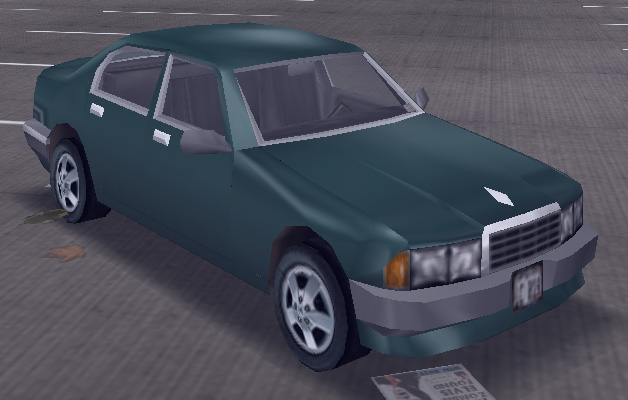
Naturally, BMW is represented. The Sentinel is clearly based on a 5 Series, with proportions and styling somewhere between an E34 and an E39, with E34-esque headlights and taillights. Of course, to avoid drawing the ire of BMW, the grille is one wide segment instead of two narrow ones, and the headlights are square instead of round. The Hofmeister kink is present, however.
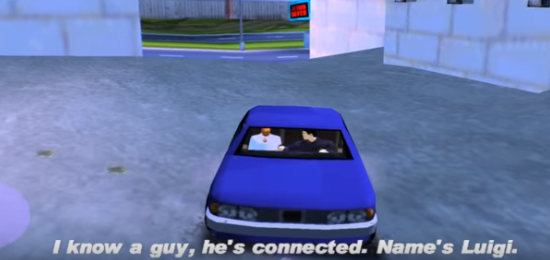
Still, the shape is unmistakable. Recently, a very early alpha build of the game was discovered, with some major thematic and stylistic changes from the final release. The game’s color palette is much brighter and cartoonier overall, and the Sentinel looks even more like a BMW. The headlights appear somewhat rounded and the grille is even more BMW-esque. Apparently, digging into the game files reveals that the car file is actually titled “beamer.”
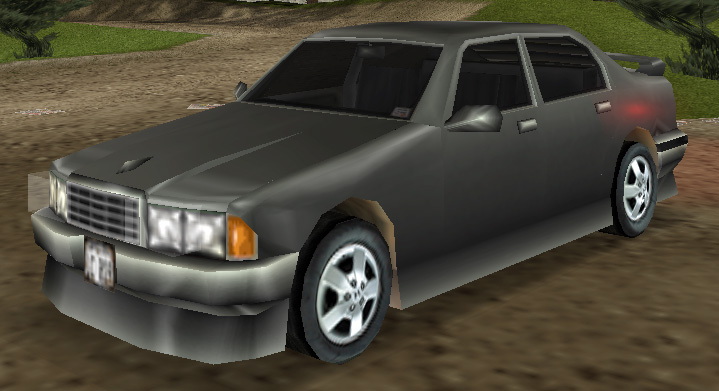
The Mafia figures in the game drive specially prepared black Sentinels, and although stealing one from a well-armed mafioso was risky, the reward was worth it. The Mafia Sentinel features an M5-style body kit, a spoiler, and rear-window louvers, while performance is also much greater than the base car.
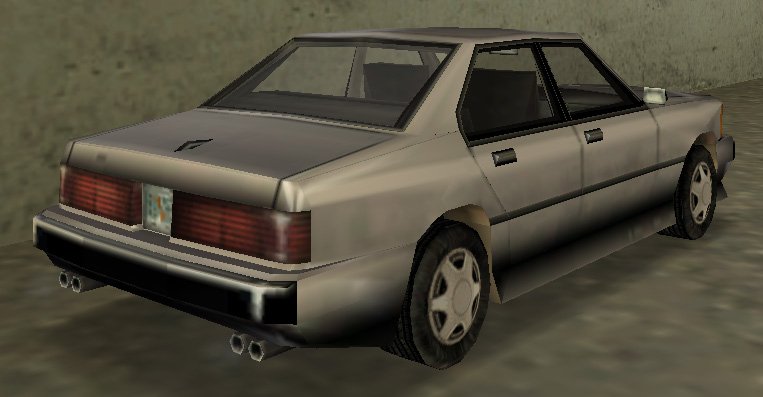
The follow-up game in the series, and the one I spent the most time playing was Grand Theft Auto: Vice City. Set in a fictionalized Miami in 1986, the game featured a killer soundtrack (Hall & Oates, A Flock of Seagulls, Iron Maiden, just to name a few), an amazing voice cast (Ray Liotta, Dennis Hopper, and Burt Reynolds, among others), and an incredible selection of 1980s cars.
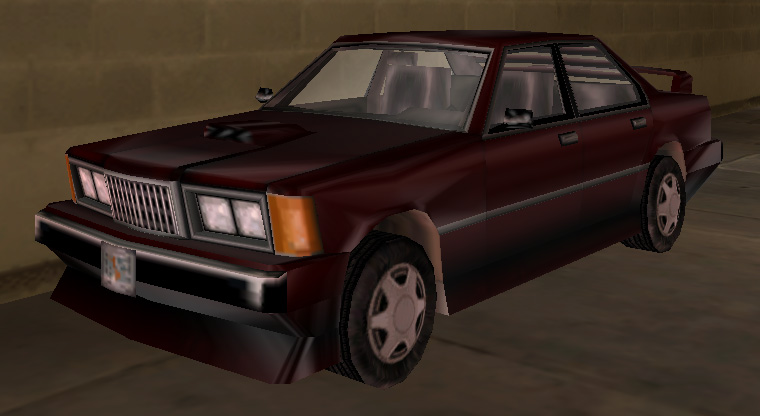
Naturally, the Sentinel returned, in its 1980s form. The Vice City Sentinel was patterned after the E28 5 Series, with similar styling to the GTA III Sentinel (squared-off headlights and a wide single grille). The Hofmeister Kink was even more pronounced this time around. A high-performance version, the Sentinel XS, also appeared, this time with no Mafia connection. As before, these were differentiated by a body kit, spoiler, louvers, and improved performance. The name is likely a play on the word excess, a not-so-subtle jab at BMW owners in an age that has come to be defined by gluttony.
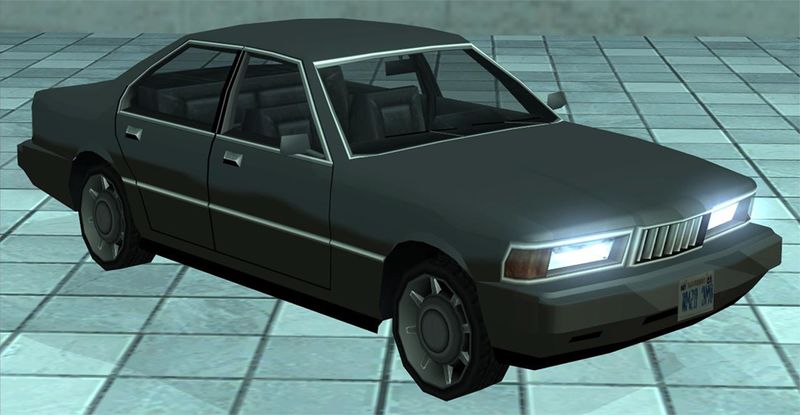
The next game, Grand Theft Auto: San Andreas, took place in a fictionalized Los Angeles in the early 1990s. The Vice City version of the Sentinel returned, with improved graphics. This would be the last all-new game in GTA’s 3D era, aside from games that revisited some of the previous locations and storylines.
HD Era: 2008–current
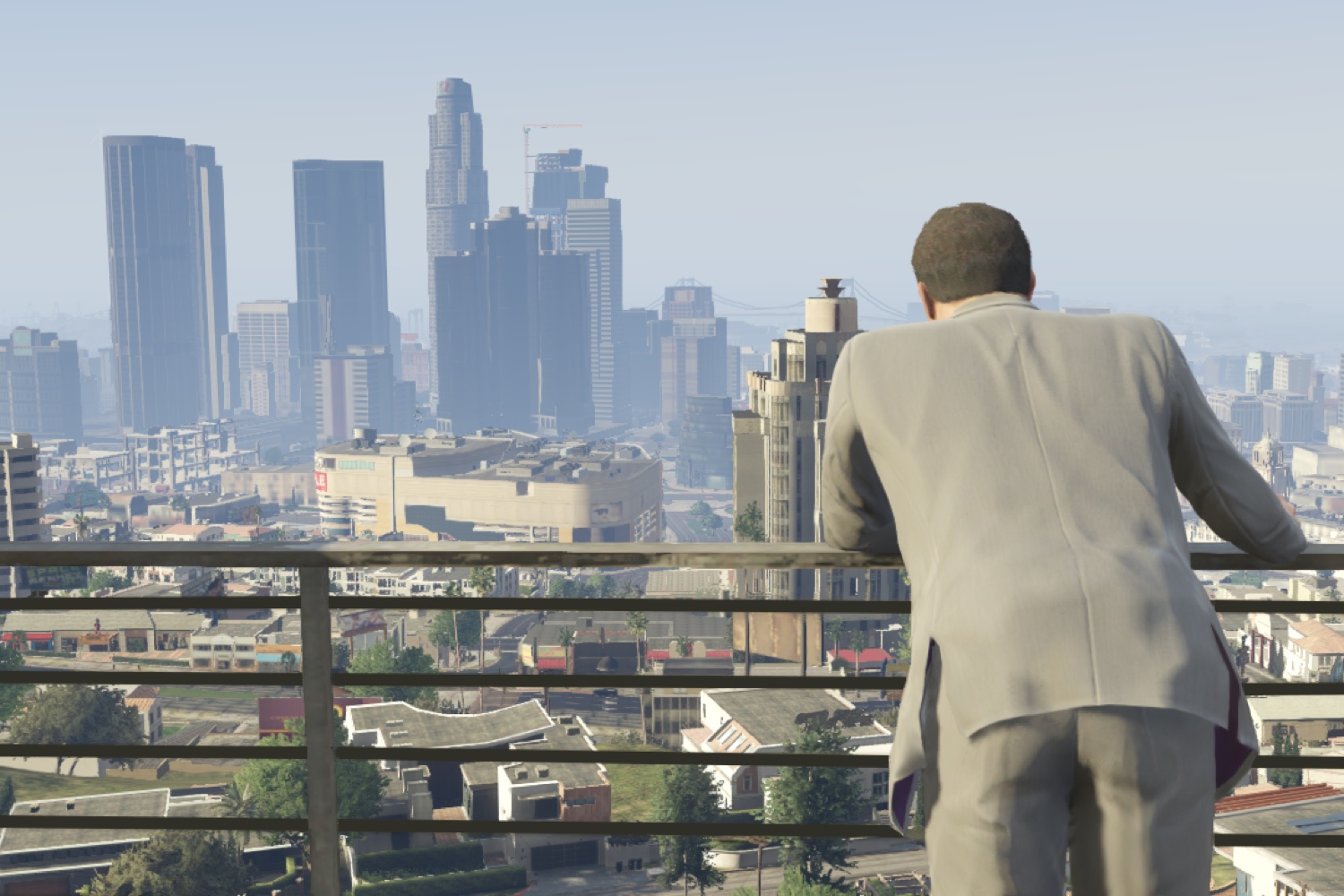
Along with a new generation of consoles came a new generation of GTA games. This is what is known as the HD era. Better graphics, larger maps, and, eventually, car customization, and online multiplayer modes made their way into the GTA universe.
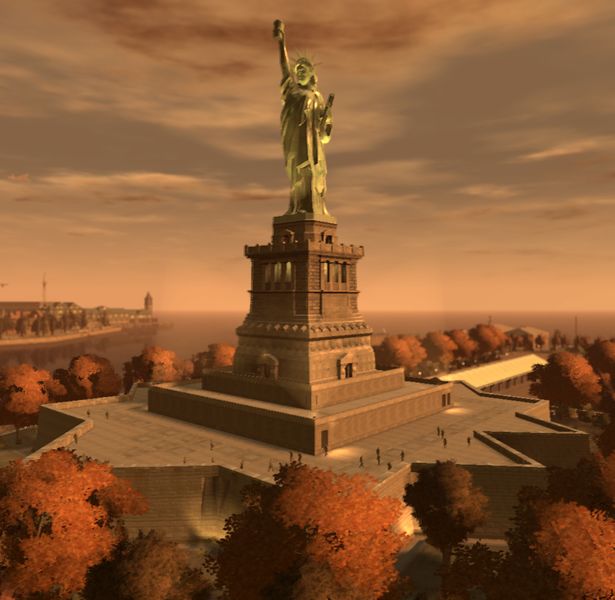
GTA IV saw a return to Liberty City, the same setting as GTA III. Declaring the previous 3D-era games as non-canon, Rockstar took the opportunity to employ the improved hardware of the next-gen consoles to completely rebuild Liberty City into an even more well-realized replica of New York City, with all five boroughs represented by distinct areas on the map, and even a “Statue of Happiness,” an obvious analogue to the Statue of Liberty.
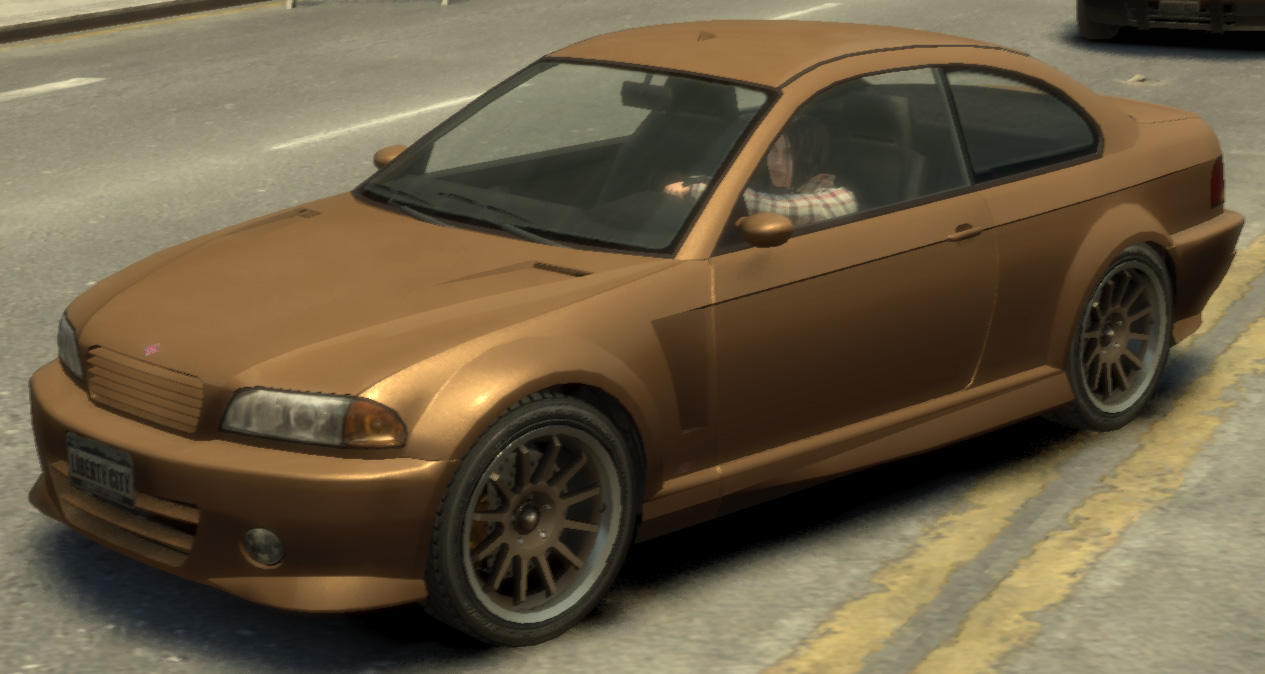
Bucking the previous trend of basing the Sentinel on various 5 Series models, the GTA IV Sentinel is a thinly-disguised E46 M3. Aside from a solid, one-piece grille and flared front fenders that look like they could have come from a later Edge-styled fourth-gen Ford Mustang, the GTA IV Sentinel looks almost identical to its real-world counterpart, perhaps more so than any other car in the game.
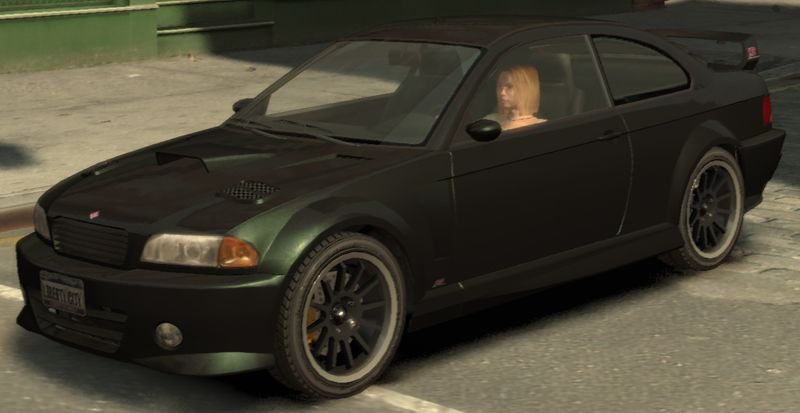
As in previous games, an upgraded version will occasionally appear on the map, with an appearance based on the mega-rare E46 M3 GTR.
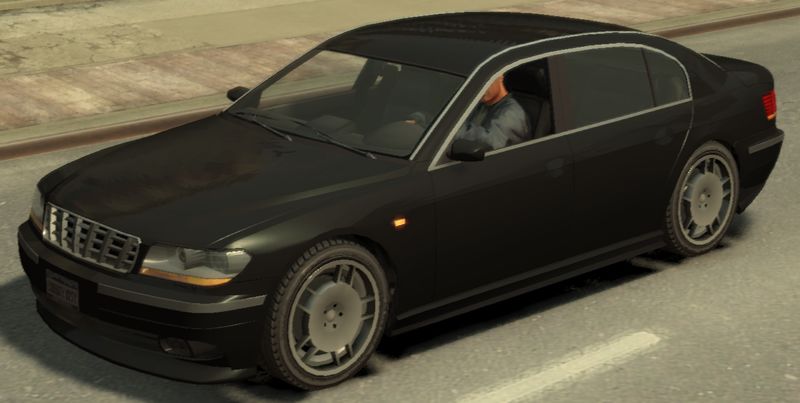
Also making an appearance at this time is the Oracle, based on the E65 7 Series. Like the Mafia Sentinel in GTA III, Irish gangsters in GTA IV drive a modified Oracle, this time resembling an Alpina B7. Once again, the kidney grille is absent, but the Hofmeister kink and other signature E65 styling cues remain.
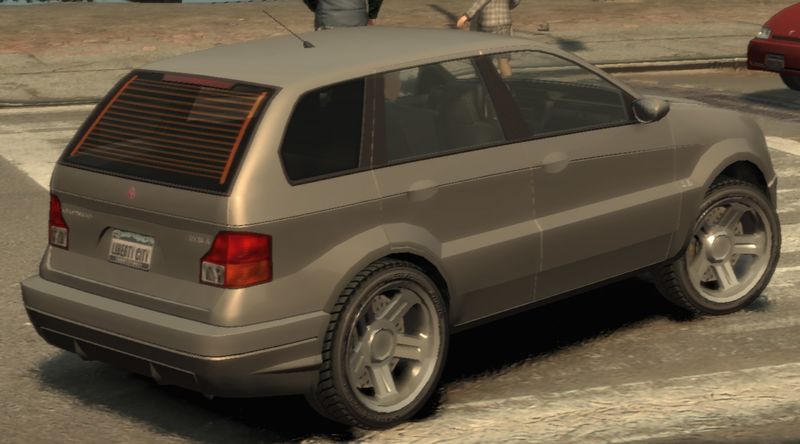
An SUV called the Rebla also makes an appearance, resembling a bizarre cross between a Porsche Cayenne up front and an E53 X5 in the rear. Or maybe it was styled after the Rayton Fissore Magnum?
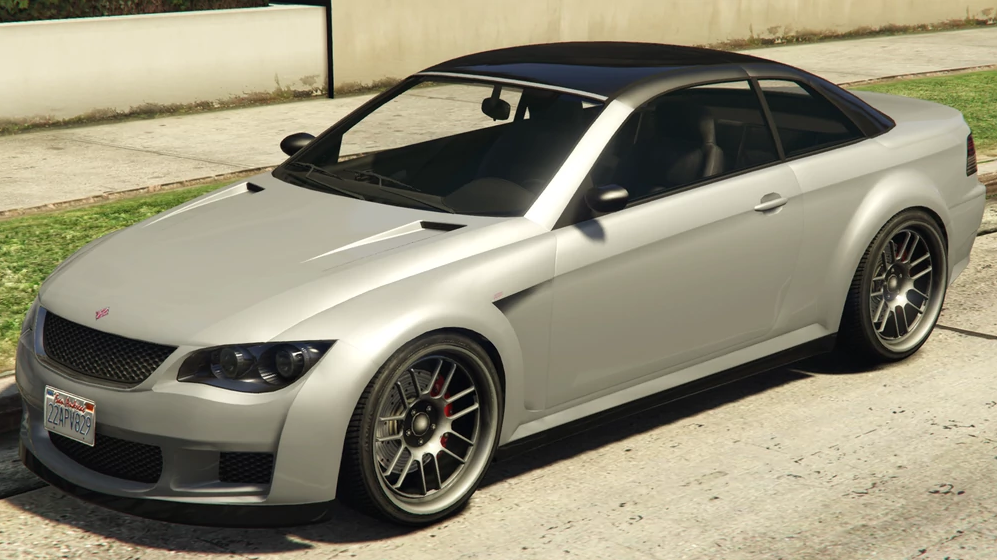
The most recent (and most ambitious) game in the series, Grand Theft Auto V, returns to San Andreas, with the largest map of any GTA III 3D Liberty City game up to this point. Cars have brand names to accompany their model names now, with the Sentinel—now resembling an E93 M3—falling under the Übermacht marque.
Übermacht, roughly translating into “superior” or “overpowering,” is another example of Rockstar’s use of puns and in-jokes to play on stereotypes and poke fun at owners of the cars’ real-life counterparts (their Dodge analogue is called, appropriately enough, Bravado). A further testament to the game’s depth is that players can actually trade Übermacht stock on the in-game exchange.
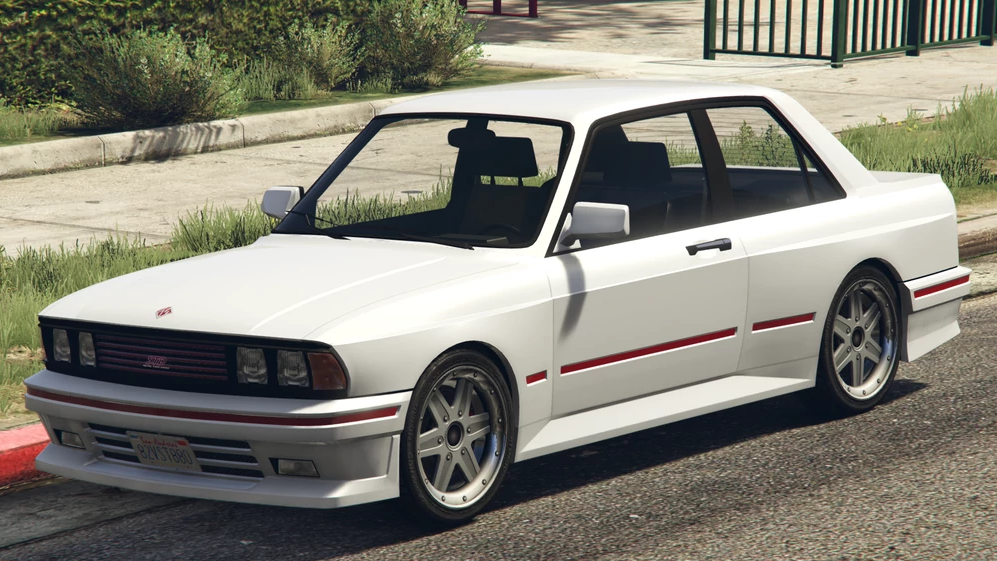
Naturally, there’s an XS variant, and an additional model added as a downloadable update: the Sentinel Classic, based on the E30 M3 —this specific car was the inspiration for the piece you’re reading. There are few things more fun than racing through a fictionalized LA or doing a drive-by in everyone’s favorite Bavarian classic.
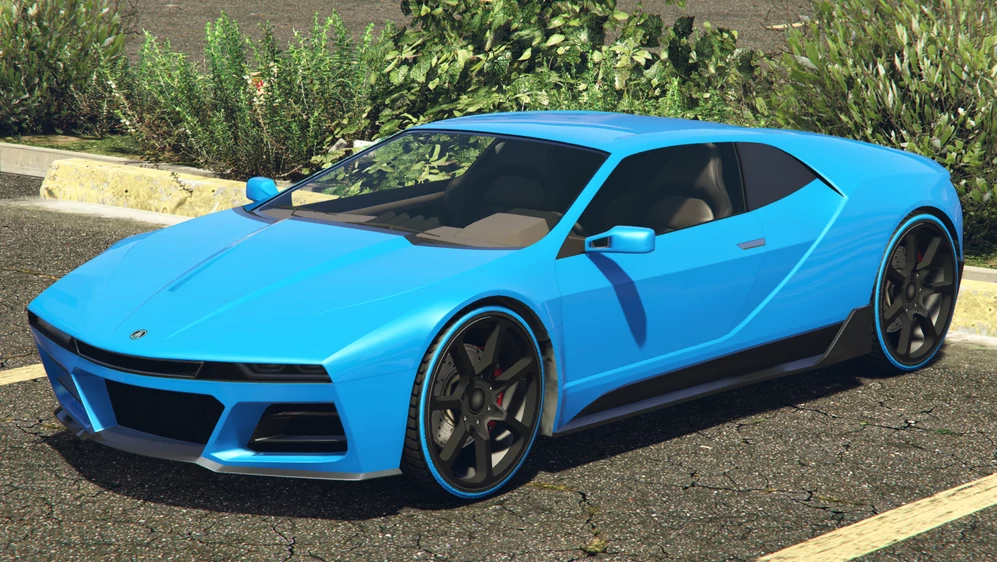
Speaking of downloadable updates, Rockstar also added the M1 Hommage-based SC1 during a recent update. While not the most recognizable model in their lineup, it’s clearly BMW-based and definitely worth including.
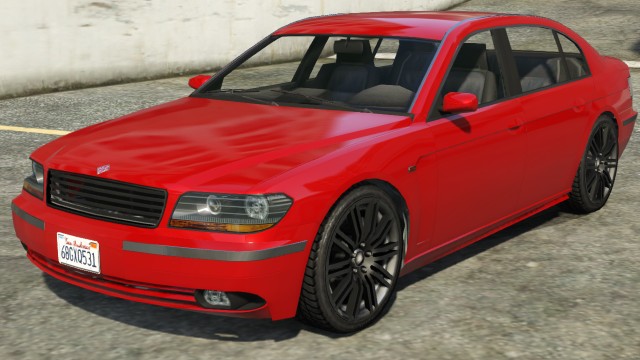
The Oracle also returns, but it still looks very much like an E65 from most angles, especially the front. There’s also an entirely new 6 Series-based model known as the Zion, which takes a stylistic middle ground between the E63 and F12 models.
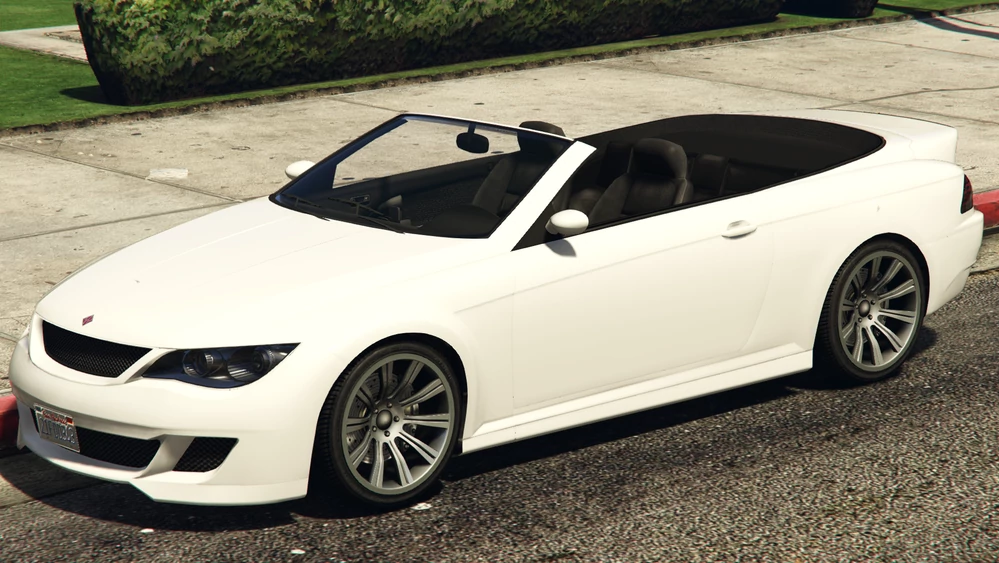
Cars are now customizable, and can be purchased legally from dealerships (or stolen, as before). You can show off your customized Sentinel or Oracle to your friends, and if they decide to, say, fire at it with a rocket launcher, your in-game insurance covers it and the offending player pays the deductible.
If you so choose, it’d be entirely possible to fill an entire garage with faux BMWs, ready at a moment’s notice to do your bidding, whether it’s running down drug dealers, planning a bank heist, or breaking into Fort Zancudo to steal a military jet.
Alternatively, you can lower the convertible top, stop at the convenience store to buy some snacks (seriously), and cruise down the game’s version of the PCH (with a brief stop in Joshua Tree) while jamming out to the Alan Parsons Project. There are worse ways to procrastinate on working on your project car, killing time before the snow thaws.—Cam VanDerHorst
Photos for this article are from Rockstar Games, as well as fan sites Grand Theft Wiki and GTA Wiki. The lead image comes via GTA Wise Guy on YouTube.

